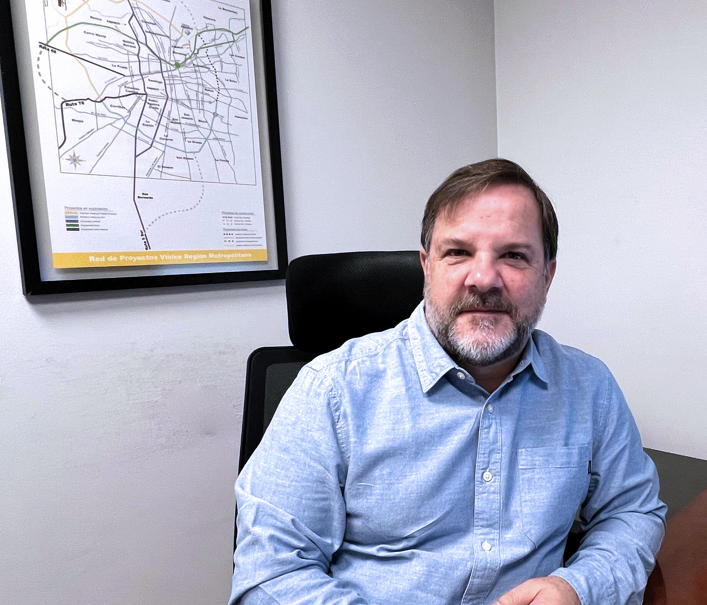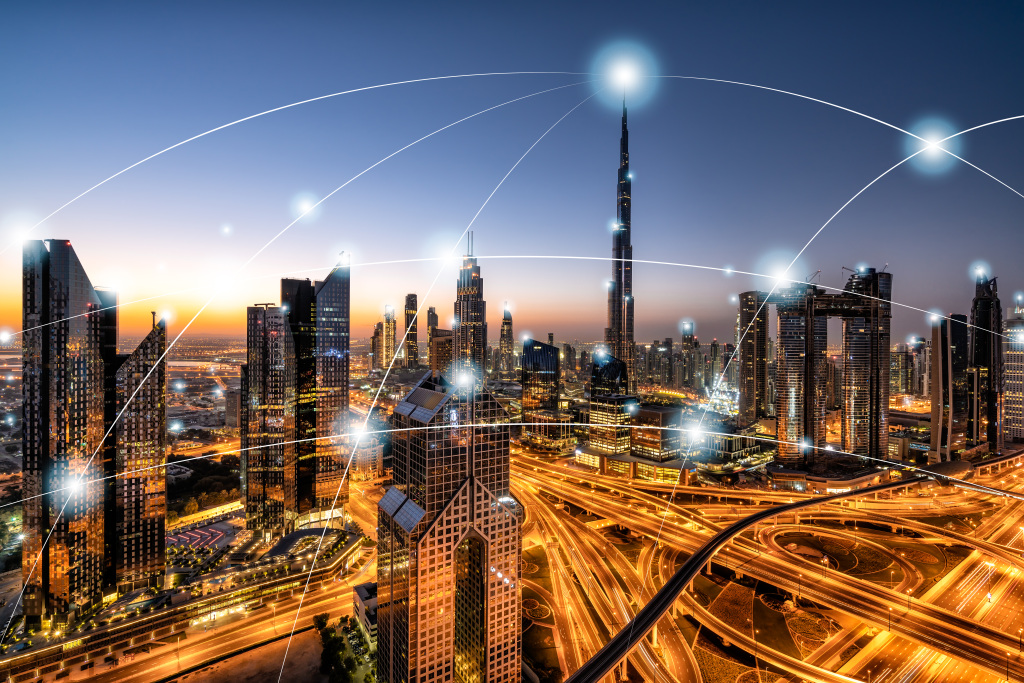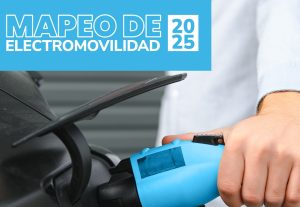Kapsch has become one of the benchmarks of sustainable mobility in Latin America, through its wide range of solutions for the management of urban and interurban mobility.
The company provides alternatives in mobility from different perspectives, with the aim of addressing the challenges to sustainable mobility through technology.
In this regard, Carlos Wiedmaier, Kapsch’s Vice President of Solution Consulting for Latin America, offered details about the company’s operation, projects and perspectives on sustainable mobility.
“We develop technological solutions both at a tactical level through our traffic management systems, as well as at a strategic level such as demand management, which means influencing the behavior of transport users to improve the overall experience of the road infrastructure system,” he explained.
He detailed that some practical examples of Kapsch‘s solutions are traffic management systems, integrated mobility management systems, mobility data platform, dynamic pricing systems, Free Flow tolling systems, which are also used in strategies based on access control such as low emission zones.

Projects
Wiedmaier, pointed out that Kapsch is working on different fronts to promote sustainable mobility and contribute to the technological development of the region.
“In Brazil, for example, the implementation of Free Flow tolls is advancing. We are happy to have been chosen for the first projects and our plan is to continue serving this market with the level of excellence that is characteristic of Kapsch,” he said.
The executive pointed out that in the medium term Kapsch‘s plan is to take the technology to more countries in Latin America, since it is the most sustainable in terms of tolls.
“In terms of traffic management, we are reaching more cities in the region with solutions ranging from traffic light control to comprehensive integrated management systems. In the medium and long term, we will focus more and more on supporting cities with strategic solutions based on mobility data and vehicle connectivity,” he stressed.
Read also: Formula E: A Sports Platform with High Sustainable Impact on the Planet
Technology Benefits for Kapsch
Wiedmaier assured that Kapsch‘s solutions have a direct bearing on reducing traffic congestion and consequently reducing emissions because they help cities take action before incidents or events that cause congestion occur.
“Proactive traffic management is made possible by predictive analytics and can significantly reduce the impact of incidents on congestion, delays and pollution resulting from pollutant emissions,” he explained.
In terms of demand management, the executive indicated that they offer new effective means to manage congestion through strategies and solutions.”
“This allows for schedule changes in the use of means of transport, collaborative route development that respects specific policies, controlled access lanes (for example for public transport priority), dynamic pricing (demand-based toll pricing to encourage off-peak travel), low-emission zones (access control to avoid externalities such as environmental and noise pollution), among other tools,” he said.
In the area of tolls, he detailed that Free Flow toll systems reduce noise and pollution by preventing vehicles on the road from stopping or slowing down.
“In a traffic-related air quality assessment for the I-294 freeway facility in Illinois (USA), it was found that CO concentration levels near the freeway were reduced by up to 37% and diesel PM (particulate matter) emissions by up to 58% with the implementation of a Free Flow tolling system compared to conventional tolling,” Wiedmaier stressed.

New Trends
On booming technological innovations, Wiedmaier pointed out that new trends contribute to a more dynamic and efficient mobility management environment, which is why Kapsch’s solutions are always developed relying on the latest trends.
“Some examples are IoT, Big Data to obtain large amounts of heterogeneous data useful for historical and dynamic knowledge of the transport system and also to calibrate models, connected mobility (C-ITS), which means vehicles connected to the road infrastructure,” he said. In this area, he specified that it is not yet present in Latin America but in Europe, USA and Oceania they have already carried out several implementations.
He said that the big trend is Artificial Intelligence, which enables real-time diagnosis of a city’s mobility system, processing big data from heterogeneous sources in a very short time and comparing phenomena in similar contexts.
“That way the technology can impact decision making regarding the implementation of measures to achieve sustainable mobility objectives such as minimizing the level of congestion, maximizing user satisfaction, improving safety, reducing gas emissions and greenhouse and atmospheric pollutants,” he explained.
He detailed that in practical terms, Kapsch’s technological platform is modular and flexible, allowing new applications to be incorporated on the same traffic management platform through modules to manage the data that impact mobility.
Other Businesses and Future Outlook
Wiedmaier pointed out that in addition to mobility management, Kapsch’s solutions are integrated into toll systems serving the highway concessionaires sector, and also the areas of safety and traffic enforcement.
“Kapsch views mobility holistically, the management of which impacts a better quality of life for citizens.”
“In the context of connected living that will be predominant in the coming years, we see mobility as part of a connected environment where technology will be able to ensure greater safety and convenience for all,” he said.
He assured that this will translate into more equity and better access to goods and services, as they can be marketed efficiently and at a lower cost since, in the same period of time, they will be able to reach more places.
“Our company’s vision translates how we want to impact the mobility of the future: Challenging the limits of mobility for a healthy world without traffic jams,” he concluded.




